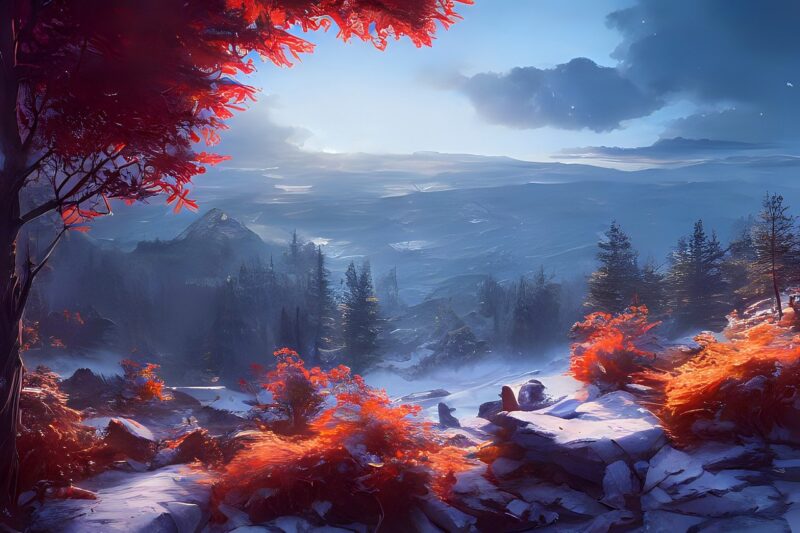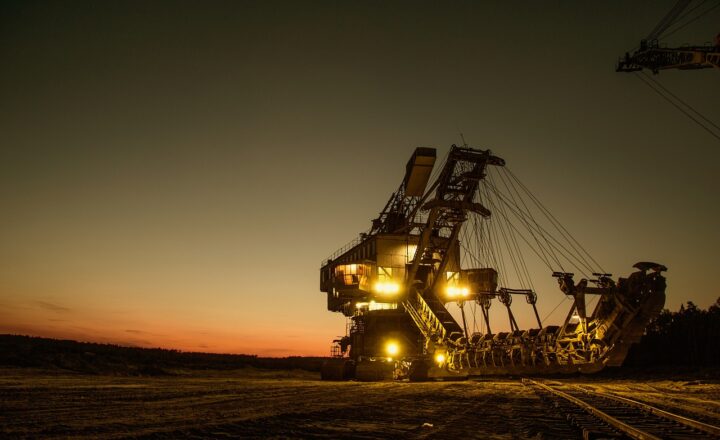How the American Frontier Shaped the Wild West as We Know It
November 14, 2024

The American Frontier has long been a symbol of adventure, opportunity, and rugged individualism. Its compelling narrative has not only defined a pivotal period in American history but also shaped the Wild West as we know it today. The term ‘Wild West’ invokes images of vast landscapes, cowboys, lawmen, and outlaws, but the reality of this era was complex, influenced by various social, economic, and political factors.
1. Understanding the Frontier Thesis
The concept of the American Frontier is often tied to historian Frederick Jackson Turner’s Frontier Thesis, proposed in 1893. Turner argued that the westward expansion played a crucial role in shaping American democracy and character. According to him, the challenges encountered in conquering the wilderness fostered a spirit of innovation, independence, and resilience. This thesis sparked significant debate and remains influential in understanding American identity and history.
The Turner Thesis emphasizes that the frontier experience transformed settlers into individuals who were self-reliant and community-oriented, attributes that would define the ethos of the Wild West. As settlers pushed westward, the establishment of new towns and the growth of ranching and farming became essential to the American economy and culture.
2. The Gold Rush: Catalyst for Change
The discovery of gold at Sutter’s Mill in 1848 was a monumental event that catalyzed both the migration to the West and the mythos surrounding the Wild West. It led to the California Gold Rush, attracting hundreds of thousands of prospectors, settlers, and entrepreneurs.
This influx of people not only accelerated westward expansion but also laid the groundwork for the rapid development of towns and cities. Towns like San Francisco transformed almost overnight, morphing from a modest settlement into a bustling hub of commerce and culture. The Gold Rush fostered an air of possibility, drawing individuals seeking fortune and igniting endless tales of adventure and strife.
By 1850, defeat and success stories from the Gold Rush began to permeate American culture, shaping the narrative of the Wild West as a land where dreams could be quickly made or dashed. The essence of mining camps — lawless yet brimming with opportunity — became archetypal of the Wild West experience.
3. Transportation Innovations: Railroads and Trails
The expansion of transportation networks, particularly the development of the Transcontinental Railroad, greatly impacted the American frontier and the Wild West. Completed in 1869, this monumental project opened up vast areas of the West to trade and migration, drastically reducing travel time and making previously inaccessible regions reachable.
Railroads facilitated the movement of goods, people, and information, which transformed localities across the frontier into commercial centers. Towns like Omaha and Kansas City became pivotal gateways to the West, contributing to the broader narrative of the American frontier as a pipeline of opportunity.
Moreover, trails like the Oregon, Santa Fe, and California trails provided earlier pathways before the railroad. Over time, these trails generated commerce and migration, forging connections between diverse communities. The blending of cultures — Native American, Spanish, and settler — shaped the identity and lawlessness often equated with the Wild West.
4. The Role of Lawmen and Outlaws
The larger-than-life characters of lawmen and outlaws are integral to the mythology of the Wild West. Figures such as Wyatt Earp, Doc Holliday, and Billy the Kid have become emblematic of the clash between order and chaos. Lawmen sought to impose justice, while outlaws operated on the fringes, often embellishing tales of rebellion and resistance against authority.
Communities in the Wild West were sparsely populated, leading to a duality of existence where law enforcement was often sparse or ineffective. This lawlessness gave rise to vigilante justice, a community-driven effort to restore order where official structure fell short. The conflict between lawmen and outlaws has been romanticized in literature, film, and folklore, enshrining it as a significant part of the American narrative.
The stories that arose from these encounters fed a fascination with the Wild West, contributing to its enduring legacy in modern entertainment and culture.
5. Native American Experiences and Perspectives
While popular narratives typically focus on settlers and lawmen, it is crucial to acknowledge Native American experiences during the westward expansion. The arrival of settlers resulted in the displacement of indigenous peoples and the erosion of their cultures. Battles like the Sand Creek Massacre and conflicts with tribes such as the Sioux and Cheyenne reveal the often-violent realities of this era.
The U.S. government’s policies towards Native Americans, including forced relocations and broken treaties, further complicated the history of the frontier. Events such as the Trail of Tears stand testament to the sacrifices and profound injustices faced by Native populations. This invasion of their lands fundamentally changed the demographic, social, and cultural landscape of the Wild West.
Recognizing these narratives is essential to forming a holistic understanding of how the frontier shaped not only settlers’ experiences but also the enduring legacies and struggles of Native Americans today.
6. The Impact of Cattle Ranching
Cattle ranching emerged as a central economic activity in the post-Civil War West, spurring the growth of the cattle industry and the myth of the cowboy. The construction of cattle trails, such as the Chisholm Trail, allowed ranchers to drive cattle from Texas to railheads in Kansas, where livestock could be shipped eastward.
The image of the rugged cowboy, tasked with the herding and caring of cattle, evolved into an indelible symbol of the American West. Cowboys became the embodiment of independence and rugged individualism, reflecting the very spirit associated with frontier life.
However, this also led to rampant competition for land and resources, resulting in conflicts with farmers and homesteaders who sought to cultivate the land for agricultural purposes. Events like the Johnson County War and the range wars showcased the disputes over land use and dissenting identities in the West.
7. The Wild West in Popular Culture
The legacy of the Wild West continues to resonate through popular culture, influencing countless books, movies, and television shows. The genre captures the dramatic tension and adventure that characterized life on the frontier, often romanticizing the challenges and triumphs of American settlers.
Films like “The Good, the Bad and the Ugly” and series such as “Deadwood” illustrate complex characters operating within a morally ambiguous landscape, showcasing the hardships of life in the Wild West while also highlighting shared human experiences. Moreover, events like rodeos and Wild West shows perpetuated a culture of nostalgia and fascination with the mythic narrative surrounding the frontier.
The Wild West’s portrayal in popular media has significantly shaped how subsequent generations understand and romanticize this period, often overlooking the brutal realities of the challenges faced by those who lived it. The legends of gunfights, saloons, and lawlessness persist in shaping American personality and identity, creating a fascinating yet often distorted view of the Wild West.
Conclusion: The Legacy of the American Frontier
The American Frontier was more than a mere backdrop for the tales of the Wild West; it was a crucible where diverse experiences and conflicting narratives merged to shape the American identity. From the spirit of adventure and opportunity to the darker realities of displacement and conflict, the frontier era laid the foundations for modern America.
As we continue to explore this complex history, understanding the various dimensions of the frontier experience opens the door to a more nuanced perspective of the Wild West. The stories that emerged from this era are not only part of American history but resonate today in discussions around identity, culture, and community. As we honor the pioneers, the lawmen, and the Native Americans who experienced life on the frontier, we create an inclusive narrative that respects the multifaceted legacy of the American Wild West.








